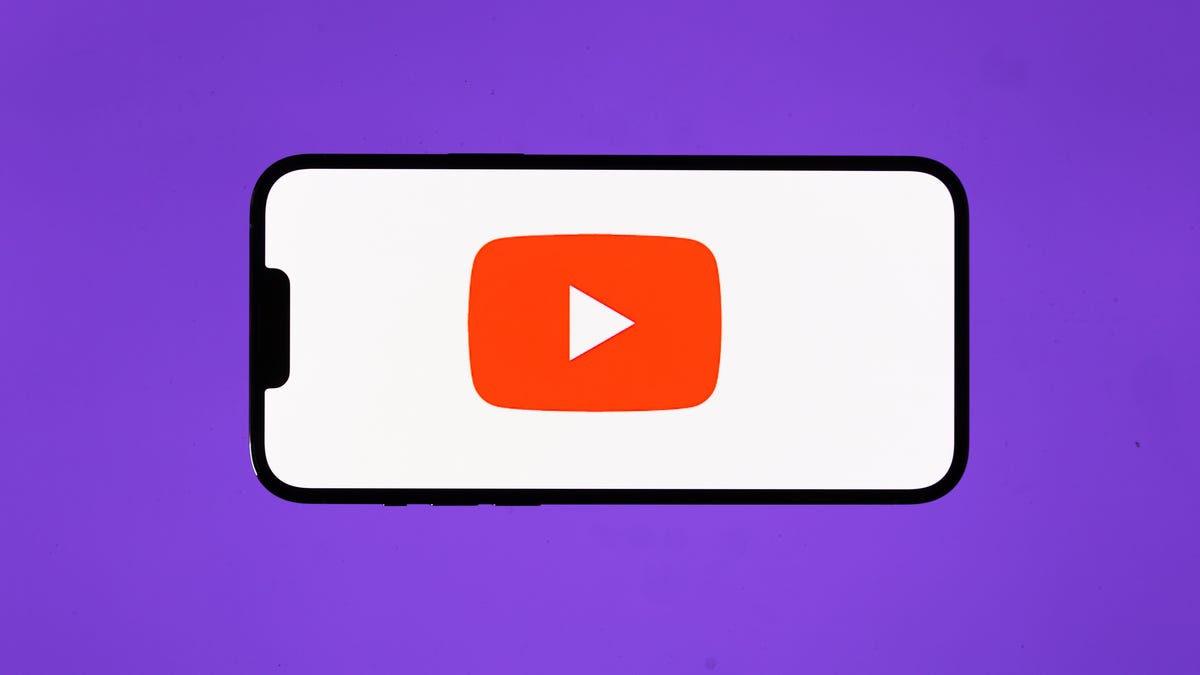YouTube Changes Rules for Videos on Eating Disorders: Here’s Some Context
YouTube is updating its rules for content that involves eating disorders or behavior that may inspire eating disorders, the company said Tuesday.
The Google-owned video streaming site already has community guidelines in place that have prohibited content that “glorifies or promotes” eating disorders, Dr. Garth Graham, director of YouTube Health, wrote in a blog post. But in the coming weeks, additional guidelines will be added to prohibit content that contains “imitable” behavior that may inspire people at risk of developing an eating disorder to copy, Graham said.
Examples of this will include content that shows severely restricting calories or purging. Weight-based bullying as it relates to eating disorders will also be prohibited, according to the post.
Additionally, YouTube will put in place some age restrictions on certain content that may be educational for some viewers, but doesn’t have the same value for kids and teens. YouTube says that this means you won’t be able to view related content if you’re signed out of your account, or if the video is embedded on another website.
The guidelines “will take some time to fully ramp up,” Graham said. They also don’t mean that every video that features an eating disorder topic or dieting subject will be prohibited. Videos that follow the site’s rules for educational, documentary, scientific and artistic content will be allowed. YouTube is also adding crisis resource panels on some videos.
“Context will be key when it comes to this often nuanced content,” Graham said.
The content viewers are exposed to in the media may be one of the cultural or social factors that can make a person more susceptible to developing disordered eating patterns, especially in children and teens. Tech companies including Instagram and Meta have announced some tools or steps to limit certain content for younger people, but some argue it isn’t enough to combat the availability of media that may tip the balance as to whether someone develops disordered eating patterns.
Disordered eating and media consumption
An eating disorder is a mental health condition that disrupts the way someone eats to the point where it interferes with their daily life or becomes a threat to their health. Common types include anorexia nervosa, bulimia nervosa and binge-eating disorder. Disordered eating may be described as an unhealthy set of behaviors around foods that can involve restricting food or obsessing over it, but not to the diagnostic extent of an eating disorder.
YouTube says it worked with experts in the eating disorder field, including the National Eating Disorder Association, to develop the new guidelines and help inform what counts as behavior that may cause copycat disordered eating and be taken down.
Erin Parks, clinical psychologist and co-founder of the online eating disorder treatment company Equip, explained in an email that because we live in a society that values thinness and “promotes beliefs that individuals have more control over their health than research suggests,” it’s understandable that a viewer may sometimes mirror the behavior of one of the many dieting videos out there. However, Parks added, dieting is “the most frequent behavior” that may lead up to someone developing an eating disorder. And the exact risk depends on the person.
“People who already have cognitive distortions around their body and people who have cognitive distortions around health are especially susceptible to developing an eating disorder,” Parks said. Cognitive distortions are (typically negative) thoughts or feelings about yourself that may not be based in reality.
Read more: The Dark Side of ‘What I Eat in a Day’ Videos
The pandemic created a perfect storm for disordered eating
During the COVID-19 pandemic, symptoms of eating disorders were worsened for many people and more people were treated for eating disorders. This is not a coincidence, according to Parks.
“During the pandemic, kids weren’t physically at school and many were spending hours on social media consuming unrealistic images that weren’t counter-balanced with seeing people in real life,” Parks said. “People come in a variety of ages, shapes, sizes, etc.” She added that it’s the prolonged exposure to content — hours vs. minutes — that can amplify its impact.
“While limiting content is a good start, limiting time spent on the platform would likely have an even greater impact,” noted Parks.
What content should we be looking at instead?
YouTube’s new guidelines for eating disorder content will be rolled out “in the coming weeks,” so as the company irons them out it may become more clear what types of dieting videos, specifically, may be age-restricted or taken down. In general, YouTube says it enforces community guidelines through a combination of human review and machine learning.
If you’re a parent of a child or teen and are looking to supplement your child’s screen time with content that can promote a healthy relationship with food, Parks suggests content that “highlights and celebrates the many purposes of food — to sustain and energize, to socialize, to embrace culture and to comfort.” Additionally, avoid a YouTube list of fitness influencers with a singular body type, and lean into content from people of different ages and body types.
“Most importantly, I encourage everyone to get off of a screen and into real life,” Parks said.
Read more: Dietitians Want You to Stop Dieting. Here’s Why
For all the latest world News Click Here

